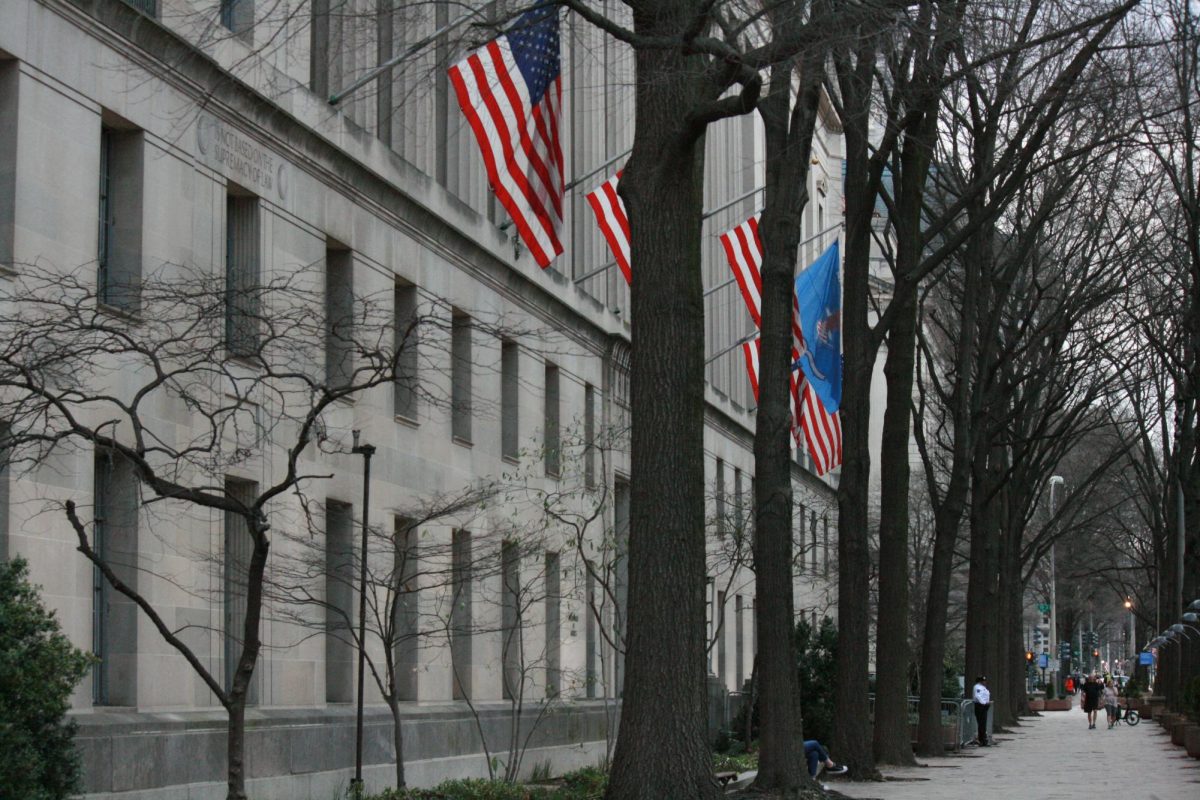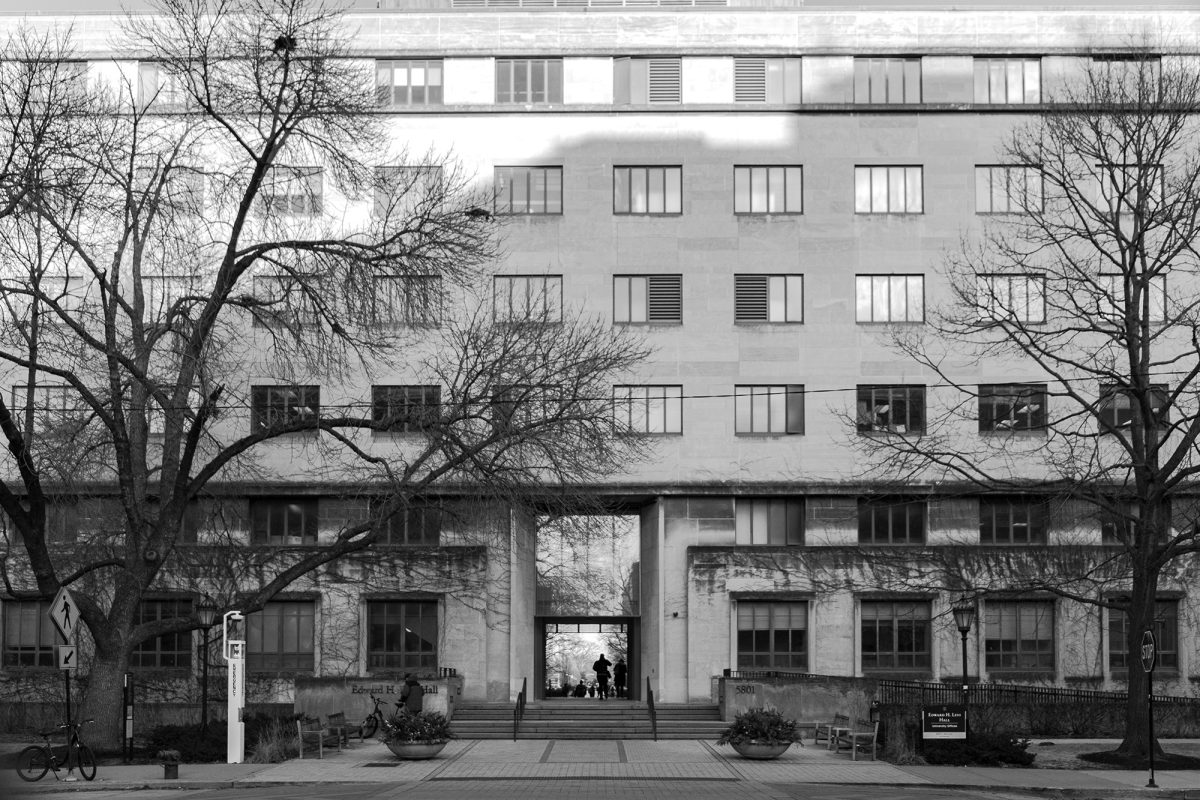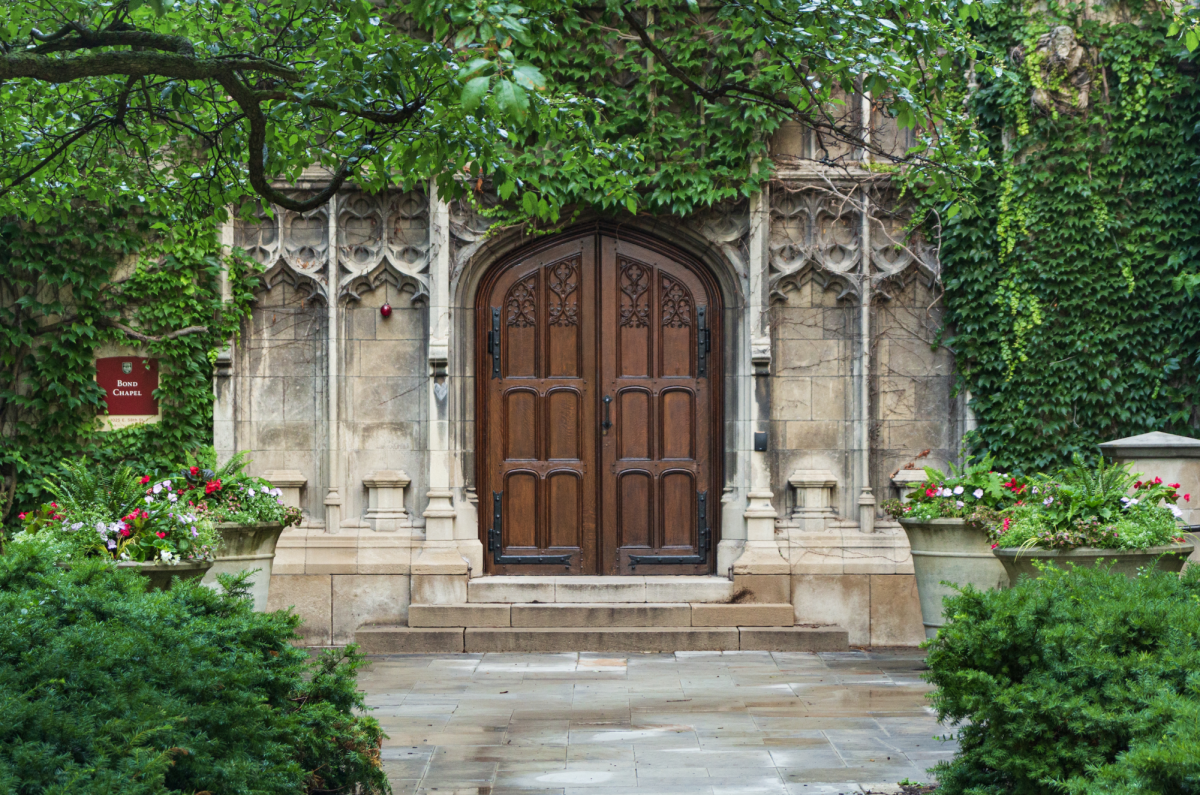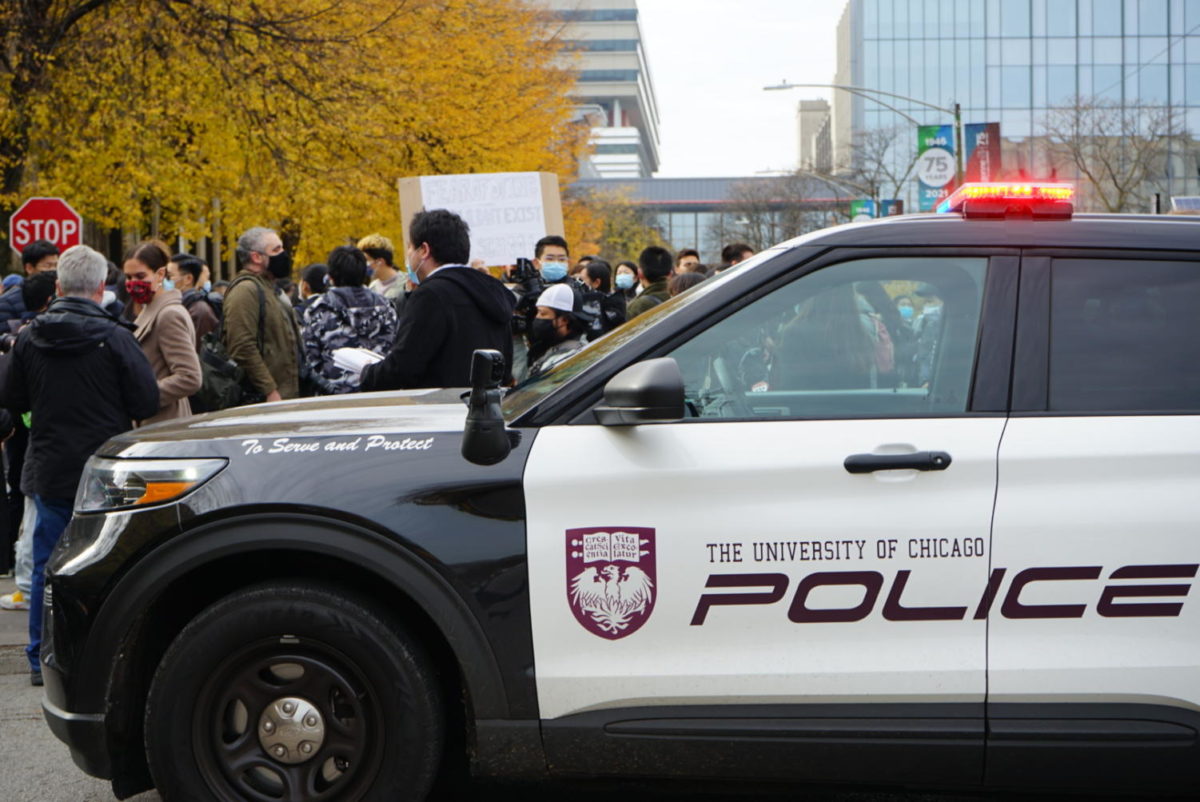In the next couple weeks, droves of U of C students will return home, hoping to bask in the joys of summer—sitting at the pool, catching up with old friends, and generally forgetting about another difficult academic year. Unfortunately, such an idyllic scenario won’t be possible for many: our friends at other schools are unavailable, busy at prestigious internships which began when U of C students were in the last throes of midterms.
As it stands, the University’s academic calendar presents an unnecessary hurdle to having a fun and successful summer for many students. Most colleges begin classes in late August and let out in mid-May; Duke completed final exams on May 2, for example, while Penn finished classes two weeks later and still released its students a full month before the U of C. Employers, study abroad planners, and internship directors have responded by setting the start dates of many of these programs during late May and early June.
Most U of C students manage to have worthwhile summers despite the unhelpful schedule, whether by convincing a company to take them on from June to September or pursuing one of the many internships sponsored by the University. But the fact remains that, under the current system, deserving students simply miss out on opportunities. The issue is dire enough that our own Law School cuts short spring quarter classes two weeks for upperclassmen so that they don’t miss a chance to land competitive clerkships and internships.
Furthermore, the schedule creates a situation in which many students return to Hyde Park more than a month after their friends at other schools, leaving some with the difficult onus of living at home without either a job or friends.
The U of C could rectify the situation without even abandoning the quarter system that is largely responsible for the skewed schedule. If the University began fall quarter in mid-August and split winter quarter so that the first five weeks came before the holiday break, the academic year could be completed by mid-May.
Adapting syllabi and course structure to this new winter quarter might pose some short-term logistical challenges for professors, but the benefits to students would be well worth the effort. The extended mid-winter break would allow students to recharge and reorganize; many schools on the semester schedule continue classes after extended breaks. Additionally, while visiting professors considering the U of C might balk at the quarter stretched from early December through late February, it’s doubtful that the number would greatly exceed those who object to teaching a spring quarter class while their peers are vacationing.
While the U of C celebrates traditions and quirks that distinguish it from the average school, these quirks deserve reevaluation when they damage students’ ability to best take advantage of the summer months.
The Maroon Editorial Board consists of the Editor-in-Chief, Managing Editor, Viewpoints Editors, and an additional Editorial Board member








